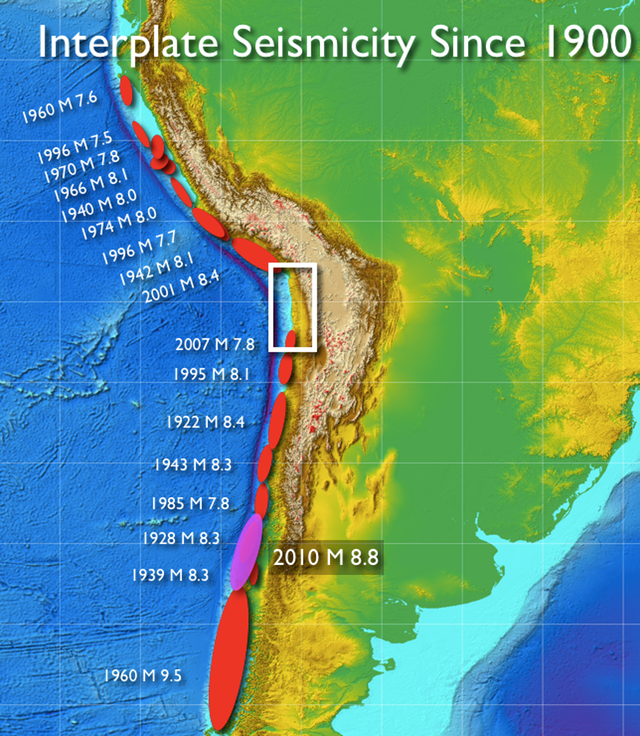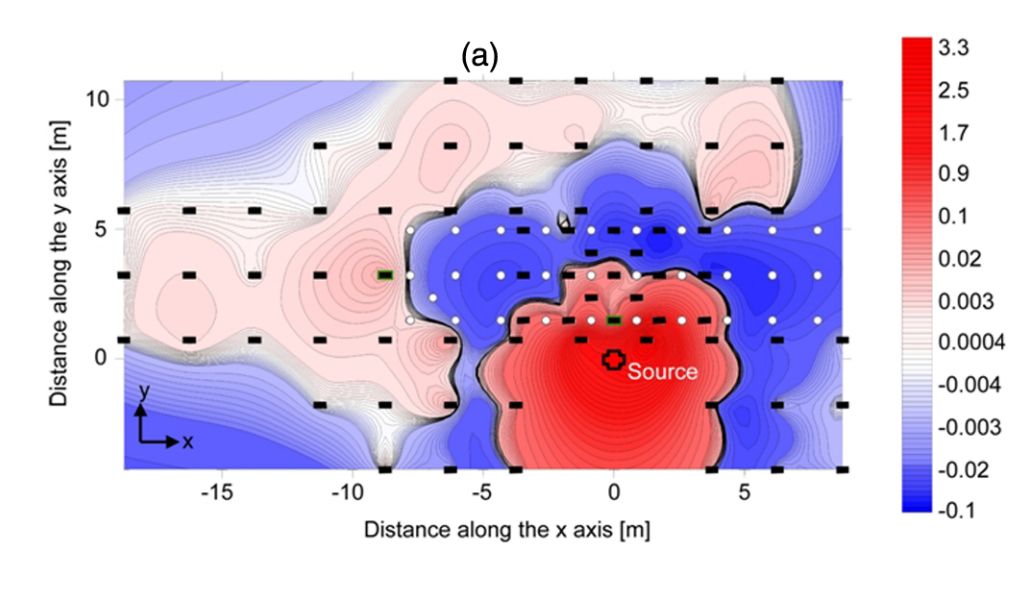It Is Now Technically Possible to Stop an Earthquake
Scientists have devised a way to reflect seismic waves
:focal(455x243:456x244)/https://tf-cmsv2-smithsonianmag-media.s3.amazonaws.com/filer/44/b4/44b40a30-0506-4c05-a00e-a823f6cc14fa/04_02_2014_tsunami.jpg)
Last night, a massive magnitude 8.2 earthquake hit off the coast of Chile. The shock spawned a tsunami and put thousands of Chileans and other South Americans on alert, while people from New Zealand to Hawaii waited to see if a destructive wave was headed their way. Fortunately, damage from the Earth's lurch appears to be minimal—a happy ending, which is never guaranteed. (And Chile isn't necessarily in the clear.)
Though the specific timing and size of any particular earthquake is unpredictable, some seismic shocks are easier to see coming than others. Last night's earthquake was not much of a surprise, said seismologist Austin Elliott on Twitter. The main shock was presaged by a swarm of more than 300 earthquakes, and the quake itself involved two tectonic plates shifting to close a gap that scientists have just been waiting to see closed. We can't see necessarily when an earthquake will hit, but we can know that it will hit, at some point.

But what if that foreknowledge meant it was possible to stop earthquakes from doing as much damage? At Vice's Motherboard, Derek Mead writes that scientists have developed a way—still incredibly preliminary—to stop an earthquake's energy in its tracks.
When a fault line ruptures—the onset of an earthquake—waves are sent racing out through the ground. Some, like primary waves, cause the the ground to shake back and forth. Others, like the slower-moving secondary waves, force the surface to rock and roll. (It is this up-and-down roiling motion that often sends buildings tumbling.) There are other types of waves, too, like Love waves and Rayleigh waves.
Now, the thing about waves is that they need a medium to pass through.
By drilling holes in the ground that were specifically spaced out according to the wavelength of the seismic waves, says Mead, the scientists were able to disrupt the waves' propagation. They built what is, essentially, an earthquake reflector.
“The image below shows the relative change in wave strength before and after the grid was drilled. As you can see, in the region where bores were drilled, wave strength dropped immensely. Near the source, the strength increased, as waves were reflected backwards.”

This set-up was highly idealized—the scientists only tried to stop one type of seismic wave, and they knew the exact frequency of the waves. But, theoretically, it does open the door to maybe one day building some sort of earthquake-proof wall around important buildings—think nuclear reactors.
/https://tf-cmsv2-smithsonianmag-media.s3.amazonaws.com/accounts/headshot/smartnews-colin-schultz-240.jpg)
/https://tf-cmsv2-smithsonianmag-media.s3.amazonaws.com/accounts/headshot/smartnews-colin-schultz-240.jpg)